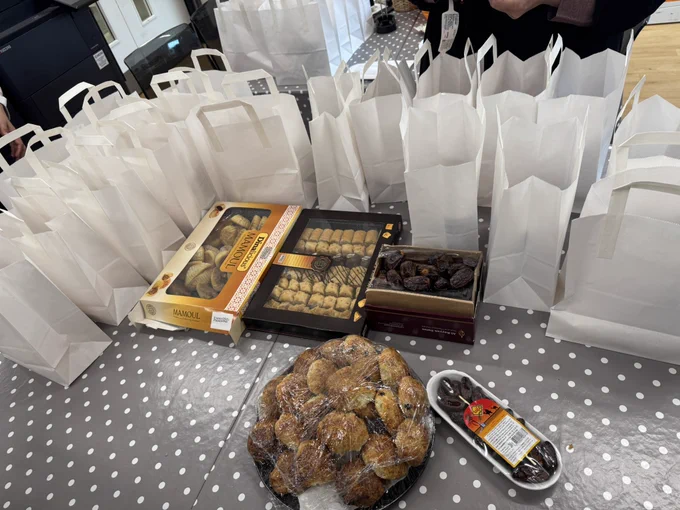Physical Education
Intent: Introduction, Vision and Philosophy
At Haling Park, we place value on teaching Physical Education because we recognise it is the only subject whose primary focus is on the body. It uniquely addresses the physical development of our children and makes a major contribution to their spiritual, moral, social and cultural development.
In the EYFS, PE helps the children to learn about their bodies, develop gross motor skills and to discover the effects that physical activity has on their bodies. At Hailing Park, EYFS children participate in games which develop key skills such as throwing and catching. Many of the activities require the children to take turns or to work as a team which supports the children in developing positive attitudes towards sharing, co-operation and competition.
It is necessary that the children engage in physical education and acquire key skills from the EYFS, as it develops overall body strength, co-ordination, balance, and agility needed to engage successfully with future physical education sessions and other physical disciplines including dance, gymnastics, sport, and swimming taught in Key Stage 1 and 2. Gymnastics, Dance, Athletics, Invasion games (multi-sports at KS1) and Swimming, form the core activities of the PE Curriculum in KS1 and 2.
We believe that at a time when there are growing health concerns over children nationally, we should inspire our children to become healthy, active learners. Our curriculum aims to be the springboard towards a physically active life by introducing children to different sports and movements. Moreover, P.E enables children to develop teamwork, leadership and resilience in an alternative setting to the classroom.
Implementation
We recognise that children join us with different physical abilities, and ensure that everyone is catered for. This means providing all children with at two hours of PE a week, as well as other sporting opportunities (in after school clubs, lunchtime clubs, or through competitions) for those that want to pursue particular sports or events.
Physical Education teaches the key elements of the National Curriculum and allows for them to be applied in a practical context. Our teachers deliver PE using a consistent formula which enables children to succeed, but more importantly, understand the value of this success. Teachers are given CPD training and are supported by expert coaches and can team teach with the PE coordinator.
Children who meet the National Curriculum objectives by demonstrating aptitude in skill, competitiveness, fairness and respect are chosen to represent the school at cross-school events. Pupils are provided with swimming lessons to ensure they are taught the vital life skills of becoming proficient swimmers with an understanding of water safety.
It might look like:
| Warm Up (Activate) | Main Lesson (Acquire) | Competition/Conditioned game (Apply) | Cool Down (Assess) |
| The Learning Question can be introduced in the classroom or outside, and must be accessible by all learners. The warm up should be linked to the learning question so that children link the theoretical with the practical. (E.G if the LQ is ‘How can I dribble a football’, the warm up should involve pretending to dribble a football or having a ball at their feet.) | Building on the theme of the warm up, introduce games and activities that allow children to develop the skill. A useful model is to
-Model the outcome, focusing on one teaching point at a time - Allow children demonstrating best practice to model - Allow children to address misconceptions by asking them to reflect upon their own performance and others. | Allow children to implement their new skill under pressure, either using an opponent or time. The use of an opponent should be judged on ability – EYFS/KS1 children may respond better to completing games against the clock. | Children use the cool down to assess their application of the task.
(In the example of dribbling a football, the children could walk around a coned area with a ball at their feet, thinking about how much more difficult it is with their other foot.) |
Children who hit the national curriculum objectives by demonstrating aptitude in skill, competitiveness, fairness and respect are chosen to represent the school at cross-school events. Swimming is also taught, using local swimming pools.
Impact
Our teachers make formative assessments throughout the year, and records children’s progress in the form of a video; the is a record of the learning that has taken place in that unit, demonstrating the progression through the school. Every child’s progress is measured against the National Curriculum for KS1 and KS2, which is fed back to parents at the end of the year.















